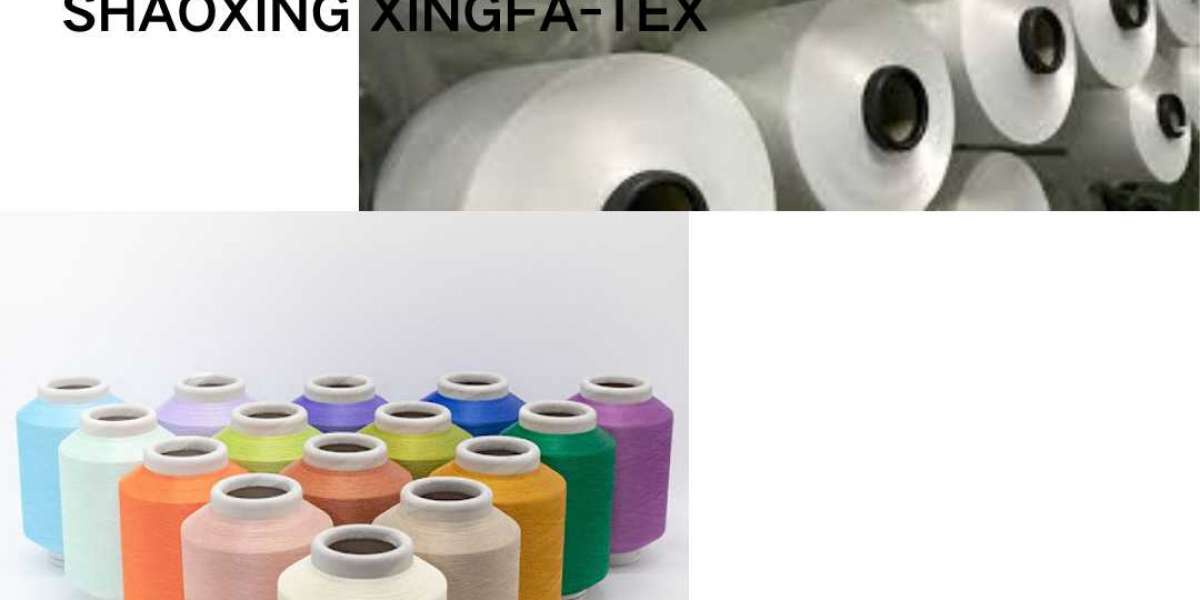Yarn is the backbone of the textile industry, serving as the foundational material for fabrics, garments, and industrial products. However, not all yarns are created equal. Let’s explore the key types of yarn and how they’re used.
Material Composition
Yarn can be made from natural fibers (cotton, wool, silk), synthetic fibers (polyester, nylon), or blends.
Cotton Yarn: Breathable and hypoallergenic, ideal for T-shirts, towels, and bedding.
Polyester Yarn: Durable and moisture-wicking, widely used in sportswear and outdoor fabrics.
Blended Yarn: Combining natural and synthetic fibers (e.g., 65% cotton + 35% polyester) balances comfort and durability.
Yarn Structure
Single-ply vs. Multi-ply: Single-ply yarns (one strand) are softer but less durable, while multi-ply yarns (twisted strands) add strength for heavy-duty uses like upholstery.
Core-Spun Yarn: A synthetic core wrapped with natural fibers (e.g., spandex-cotton blends) offers stretch for activewear.
Specialty Yarns
Melange Yarn: Dyed fibers are blended to create a heathered effect, popular in casual knitwear.
Flame-Retardant Yarn: Treated with chemicals to resist fire, critical for protective workwear and industrial textiles.
Why Yarn Quality Matters
Poor-quality yarn can lead to pilling, color fading, or fabric distortion. Reputable manufacturers ensure consistent thickness, colorfastness, and tensile strength through strict quality control.
Looking for reliable yarn solutions? Xingfatex offers a wide range of yarn types, from organic cotton to high-performance synthetics, tailored to meet global standards. Contact us for samples and technical support!








